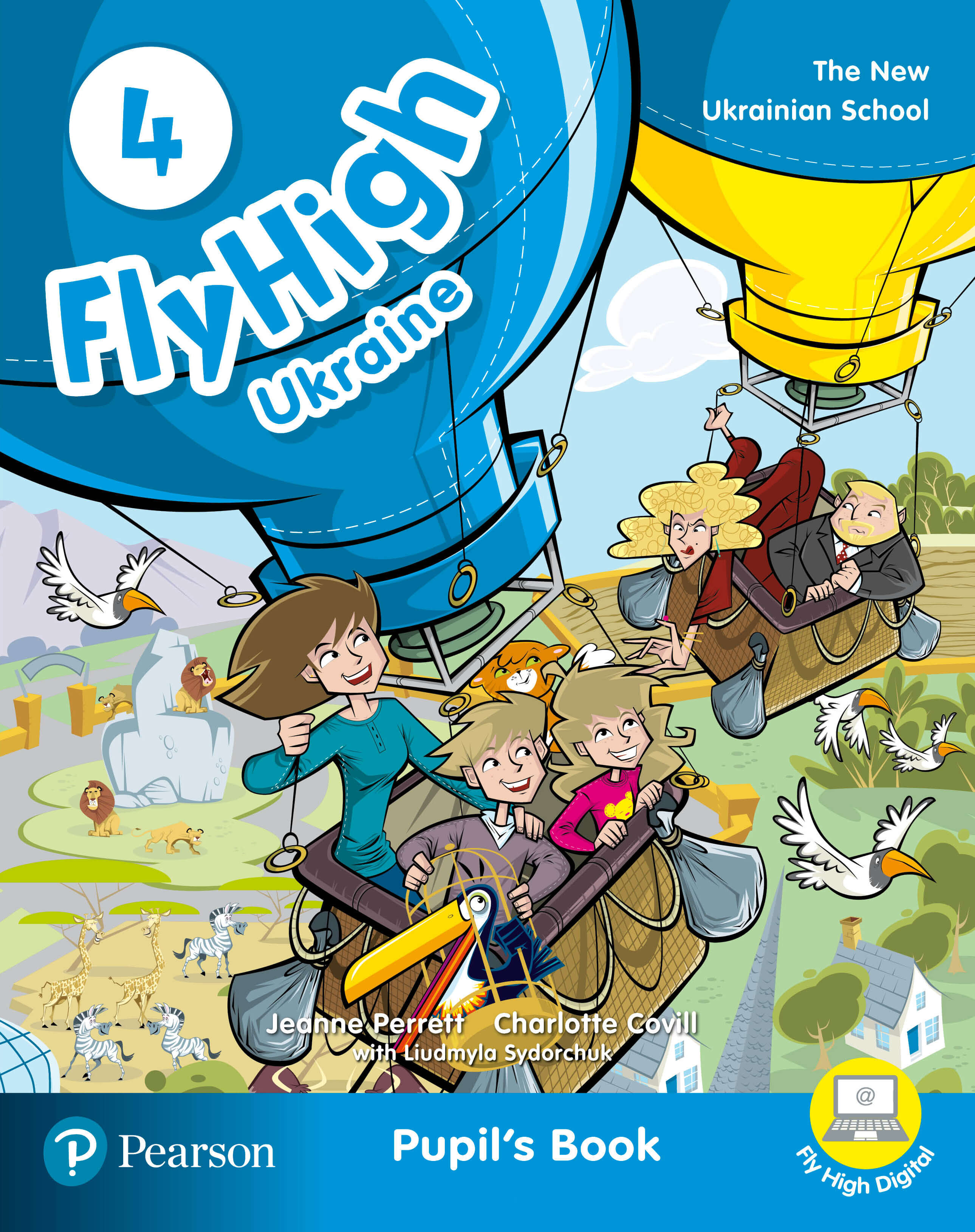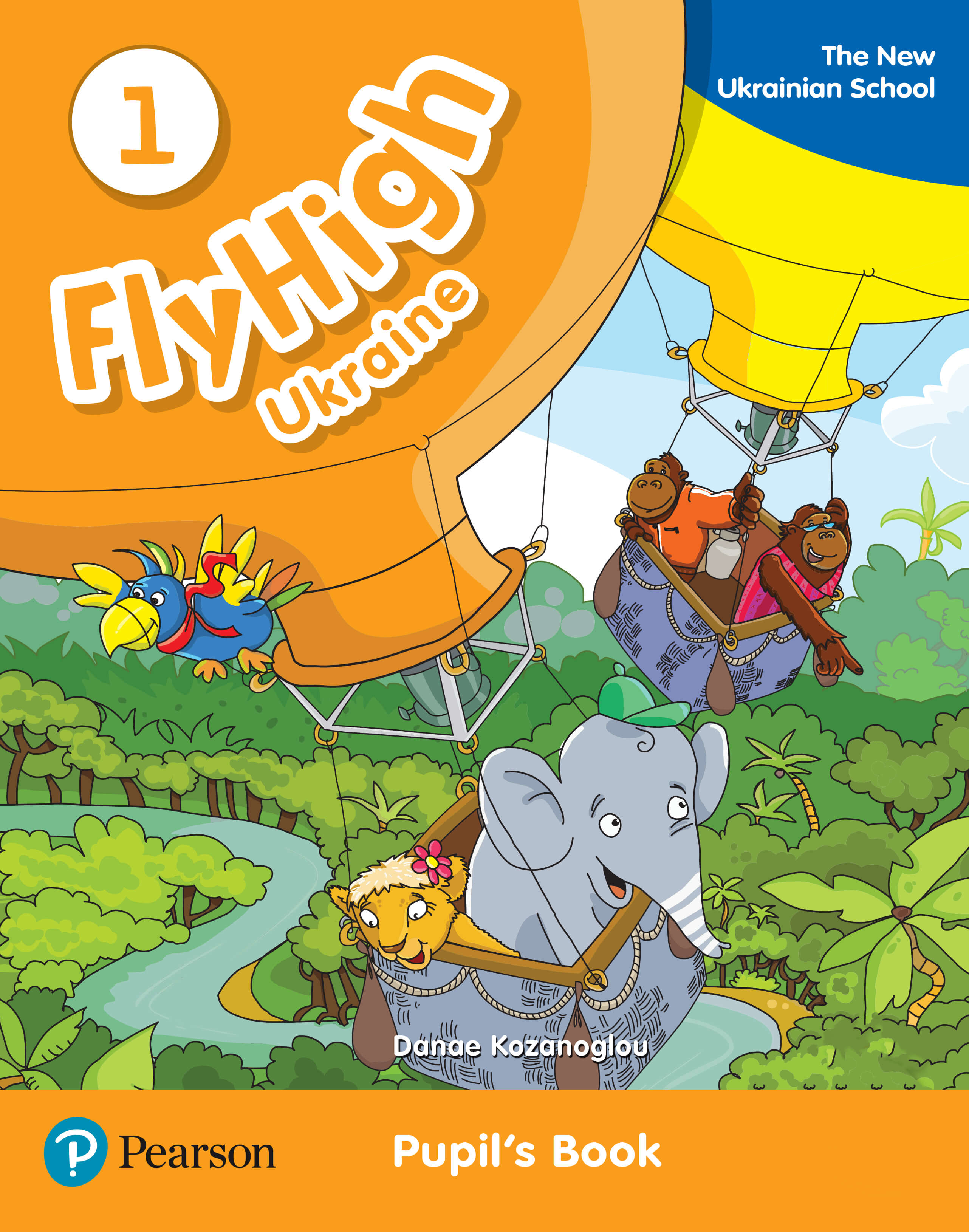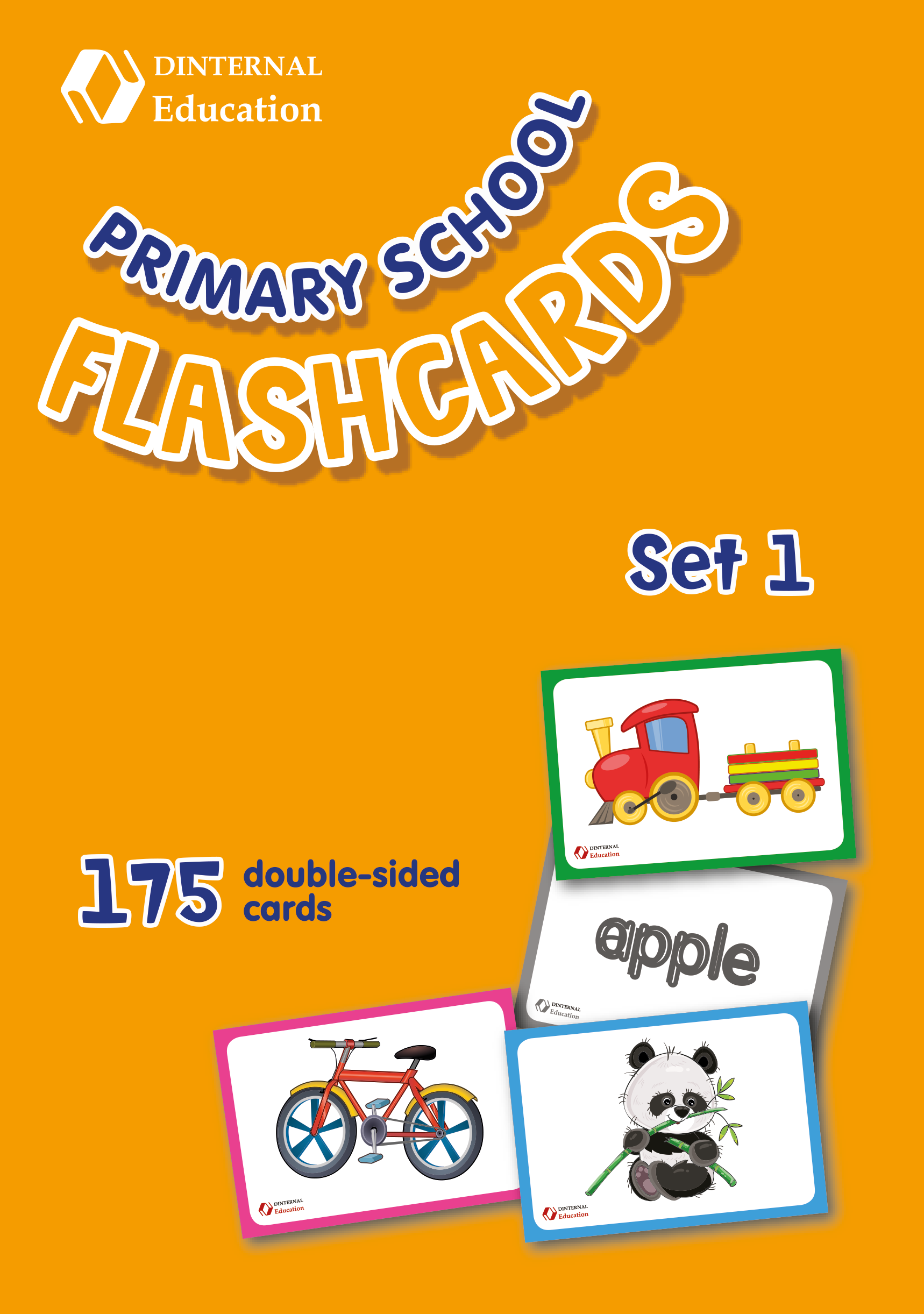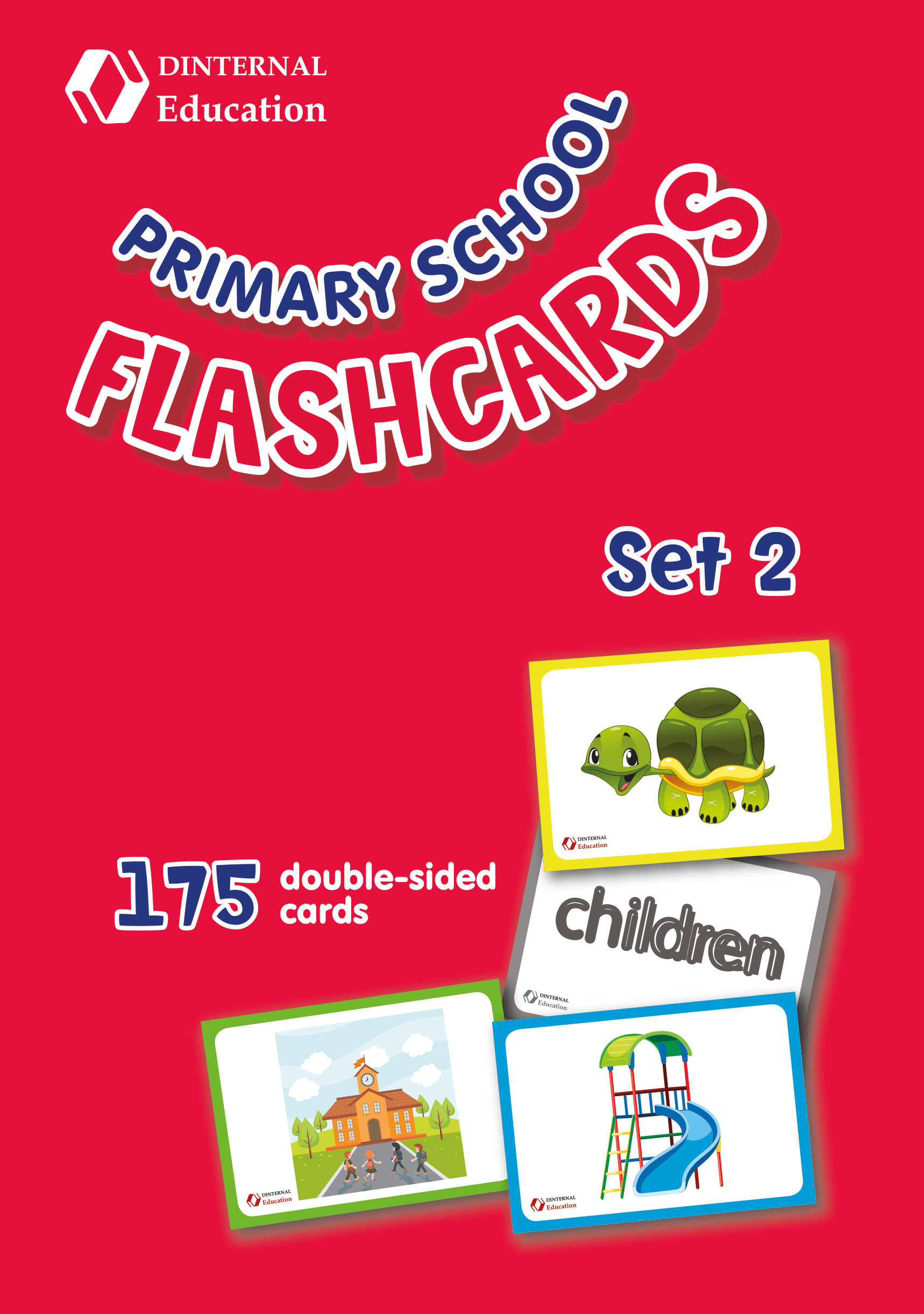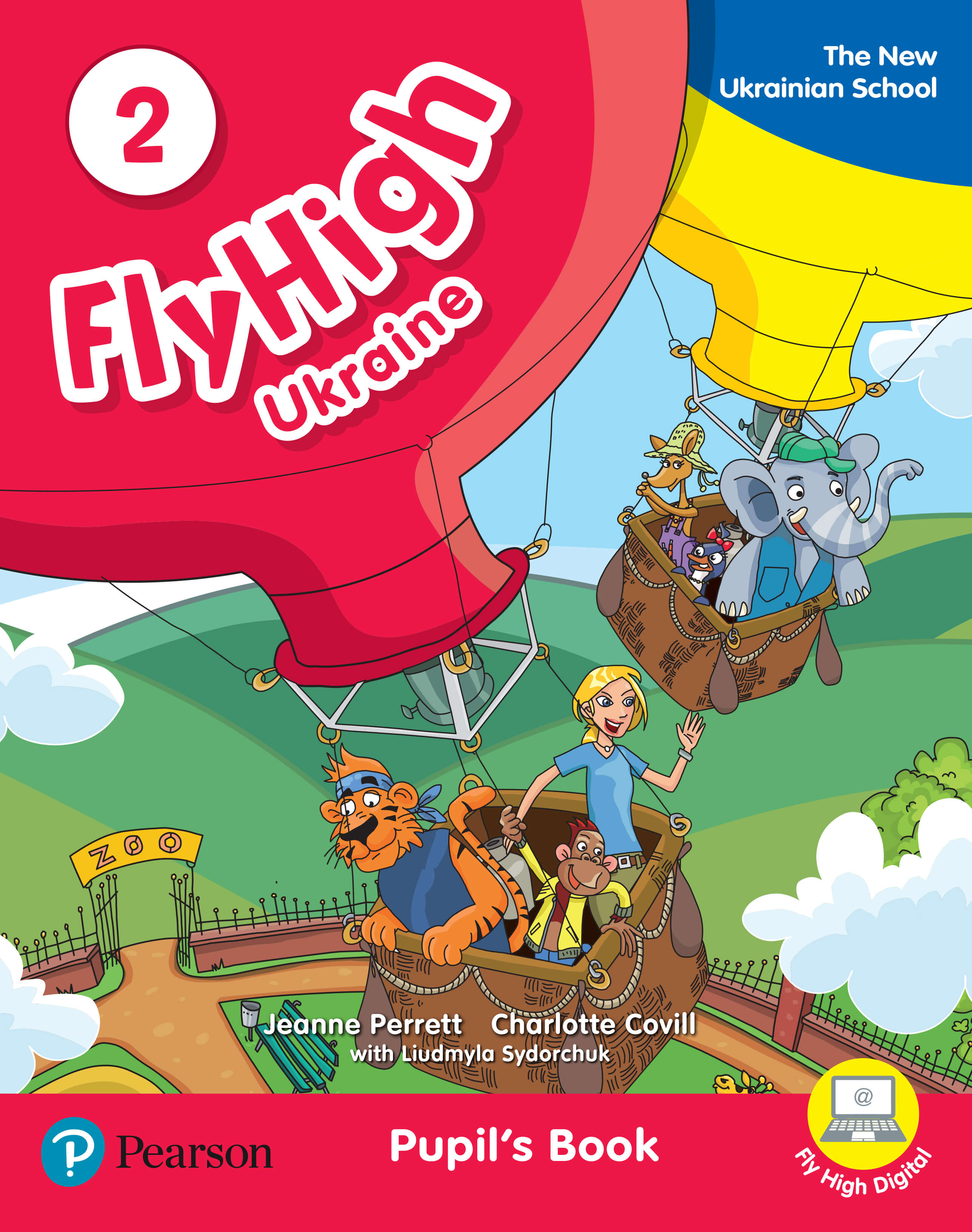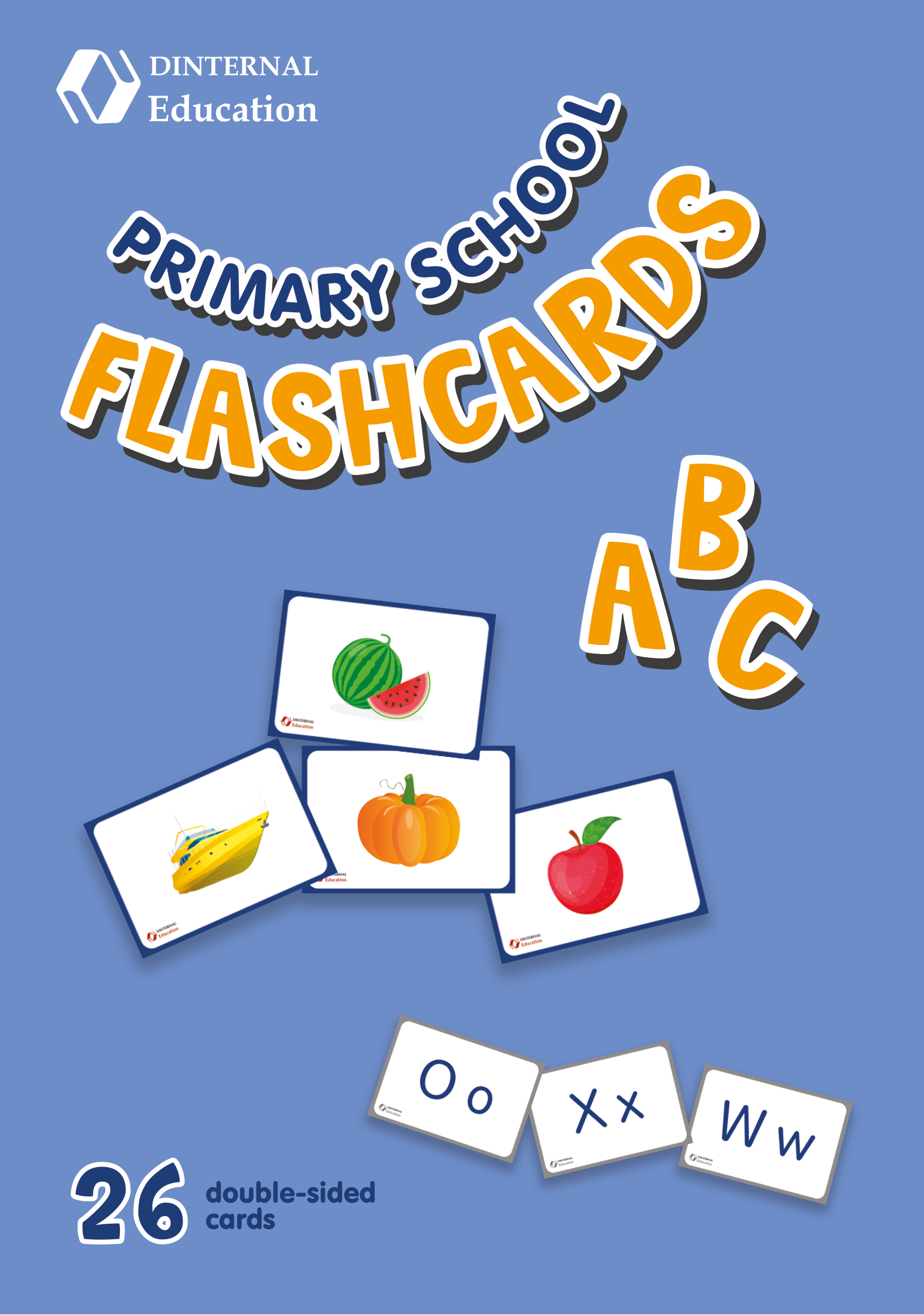How to teach children to read in English?
Oleksandra Kulish
Book expert
Teaching English is a significant investment in the child's future. An important component of this process is teaching children to read in English, which requires a special approach and patience, as well as the use of special English books for preschoolers and primary school children. Knowing the basics and the right methods will help the child not only quickly master reading, but also love this process.
How to teach a child to read in English from scratch?
Many are interested in the question of how to quickly teach a child to read in English. It should be noted that teaching children to read in English from scratch requires a gradual and methodical approach. The following steps are key to a successful start:
- 1st - learning the alphabet and sounds.
- 2nd - learning phonetics.
- 3rd - reading the first words and simple phrases.
When introducing your child to the English alphabet and its sounds, it is important to understand that letters can be pronounced differently depending on the context. The sounds of English letters can be learned with the help of songs and videos that help make the process fun and exciting. Popular alphabet songs like the "ABC Song" are an example. It is also useful to use bright cards with letters and pictures illustrating the corresponding words.
Phonetics is the foundation on which English reading skills are built. It is important to explain to your child that in English, some letters can combine to form new sounds (for example, the combinations "sh", "ch", "th"). You can use special cards or pictures to explain these sounds. Regular repetition of sounds and their combinations will help your child better understand how they are used in words.
After mastering the alphabet and sounds, we teach children to read simple words in English. It is best to start with monosyllabic words such as "cat", "dog", "sun". This will help your child master the reading process more easily. It is important that he understands the meaning of each word, so it is useful to match words with pictures or actions.
When your child has mastered several dozen words, you can offer him simple books for beginners. Our recommendations are to choose books:
- with large font;
- with short sentences;
- with bright illustrations.
Such books help your child develop not only reading skills, but also visual perception of text. It is important to choose books that match your child's age and level so that learning remains interesting.
One of the most effective teaching methods is reading aloud. When a child reads aloud, he/she better:
- understands the structure of sentences;
- learns the correct intonation;
- remembers the pronunciation of words.
Modern educational games and mobile applications such as "Starfall" or "ABC Mouse" can significantly facilitate the process of teaching children to read in English. They offer many interactive tasks that help children learn in a playful way. Such applications can be a useful addition to the textbooks "English for children of primary school" and traditional teaching methods.
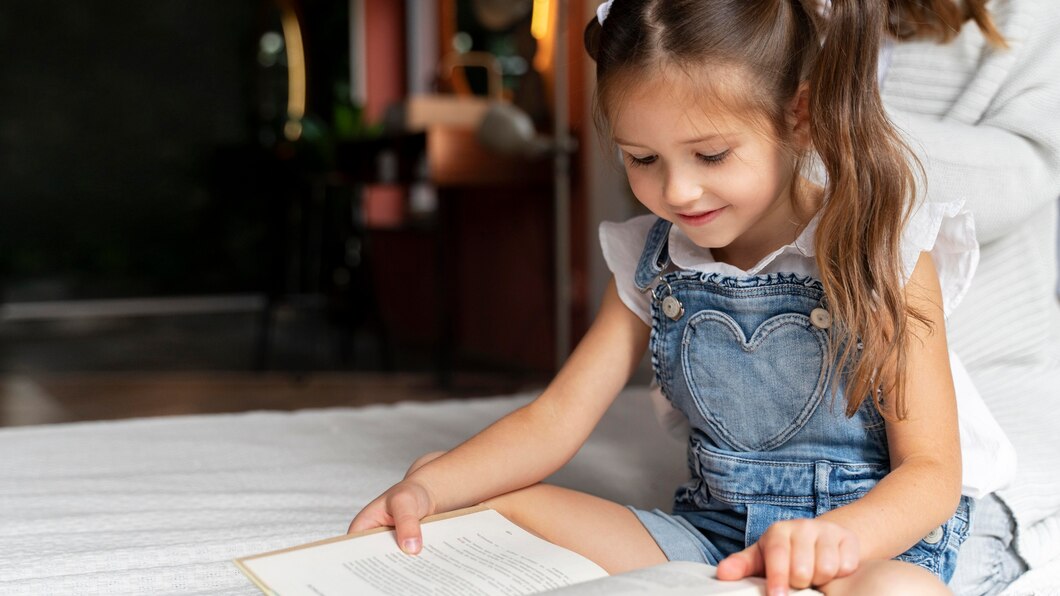
Learning to read in English in grades 2 and 3
In the second and third grades, children already have basic knowledge of the English alphabet and phonetics, and begin to more actively develop their reading skills. At this age, it is important to focus on expanding vocabulary, improving reading fluency and understanding texts. The main steps and methods for effectively teaching children to read in English at this stage are:
- transition from individual words to phrases and sentences;
- development of reading fluency and confidence;
- expansion of vocabulary;
- reading with text comprehension.
Students in the second and third grades begin to read not only individual words, but also simple phrases and sentences. It is important to select texts that match their level. Stories with short sentences and repeated words help the child better remember new words and improve comprehension of the text.
Illustrated books that visually support the text can be a useful tool. For example, the Fly High Original series offers interesting stories with simple plots, bright pictures and funny characters, which helps children follow the content and practice reading skills at the same time.
One of the key goals at this stage is to improve reading fluency. To do this, it is recommended to:
- read aloud regularly;
- pay attention to correct intonation, pronunciation and rhythm.
It is also useful to conduct exercises on repeated reading of the same text - this will help children read with greater speed and confidence.
Advice from experts on how to choose good books: these should be short stories with exciting plots that will interest the child. These can be, for example, stories about animals or the adventures of characters from their favorite cartoons. This will support children's motivation and make the reading process more interesting.
At the level of the second and third grades, children actively expand their vocabulary. To do this, it is important to pay attention to new words that appear in the texts. You can use cards with new words that the child will memorize and repeat. You can also select texts where words are found in different contexts. This will help the child better understand their meaning.
Exercises aimed at memorizing new words will also be useful. For example, games on making sentences from cards or tasks where the child needs to match a word to a picture.
A key aspect of learning in the second and third grades is the development of reading comprehension skills. After the child has read a story, it is important to ask him a few questions about the content. This can be either a discussion of the key points of the plot or work with details so that the child learns to read attentively.
Our recommendations are to choose books with short but interesting plots that will develop the child's logic and imagination. In the process, you can ask the child questions like: "Who is the main character in this story?" or "What happened at the end?" to make sure that he understands what he read.
The key to successful development of reading skills in second- and third-grade students is daily practice. For children of this age, it is enough to devote 15-20 minutes a day to reading. It is important that the child not only reads, but also enjoys the process. Parents can support this habit by reading with their child or organizing mini-reading marathons with rewards for achievements. To summarize, the answer to the question of how to easily teach a child to read in English is:
- gradual transition to complex texts;
- development of reading fluency;
- expansion of vocabulary and reading comprehension;
- parental support and regular practice.
All this together will help the child achieve significant success in this important process.
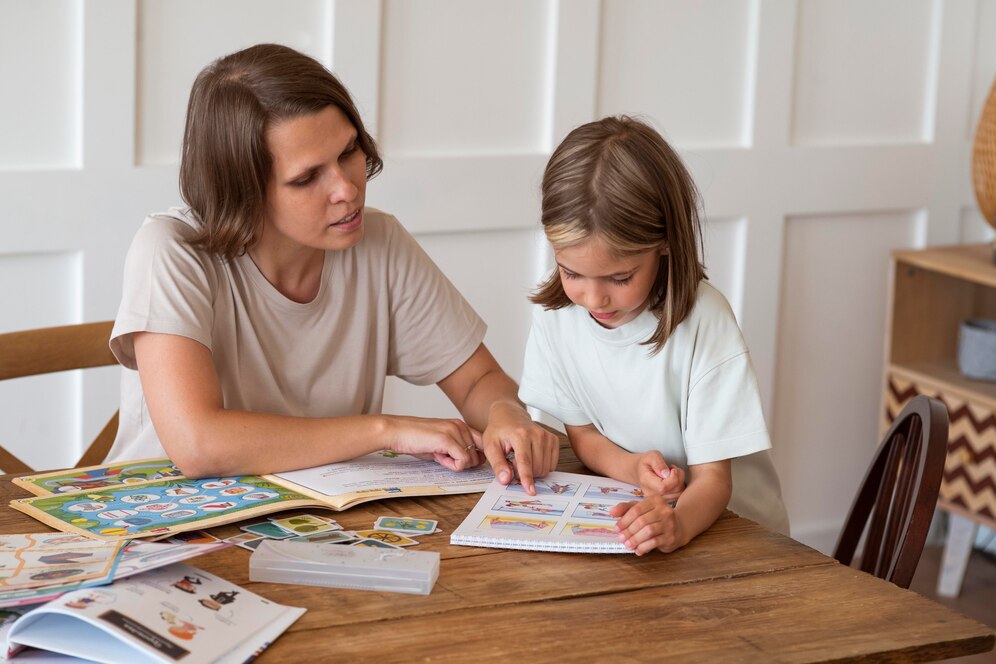
Reading exercises in English for children
For effective teaching children to read in English, it is important to introduce various exercises into the process. These tasks help children consolidate the skills they have learned, develop reading fluency, understanding of the text, and expand their vocabulary. The following exercises can be effective for children of different levels:
- reading aloud improves pronunciation and intonation, helps to learn to read fluently;
- using cards with new words expands vocabulary, trains visual memory;
- reading in roles is a great way to make the learning process more interactive and fun;
- the game "Guess the Word" - for example, an adult names a word, and the child must come up with a word that rhymes with it, or an adult pronounces a word by letters, and the child must guess what word it is;
- making up phrases from the proposed 3-5 words (for example, from the words "dog", "big", "is" you can make up the sentence "The dog is big");
- reading using visual cues in the form of illustrations to compare and contrast text with images helps to better absorb the material and makes the learning process more interesting;
- the game "Find the Word" to develop search skills and text comprehension - give the child a text and ask him to find a specific word or short phrase.
Repeated reading of the same text several times can help improve reading fluency and text comprehension, and memorize words. Regular practice, a variety of methods and exercises make learning interesting and effective.
How to quickly teach a child to read in English?
To quickly teach a child to read in English, you can use the following effective methods:
- phonetic method (start with teaching the child letters and sounds with a gradual transition to syllables and short words);
- using cards (flashcards) - cards with pictures and words can be used both to learn letters and to memorize short words;
- repetition and games (you can invite the child to find objects that begin with certain letters, read by roles);
- reading aloud (you should start with books that contain simple and short sentences. You can use audiobooks to listen to the text that the child reads at the same time);
- gradual increase in difficulty (starting with books with pictures and short sentences, you should gradually move on to more complex ones texts);
- game-based lessons (to maintain the child's interest in learning, it is recommended to include elements of play in lessons, using songs and rhymes, interactive applications).
To teach reading quickly and effectively, lessons should be short but regular. To maintain the child's interest in learning and self-confidence, constantly praise him for even the smallest achievements and successes.

Ways to teach reading at home
Teaching children to read in English at home is a fascinating and important process that requires patience and creativity from parents. Here are some effective methods that will help children learn to read:
- The alphabet and teaching correct pronunciation (you can use letter cards, interactive posters or apps that teach sounds).
- The phonetic method is that the child learns to read by gradually putting sounds together to form words.
- Games with letters and words (using letter cubes to build a word).
- The global reading method (teaching reading in whole words, not individual letters using cards).
- Reading aloud together (it is important to choose books that match the child's age and interests).
Using these and other methods of teaching a child to read at home will only be effective if you conduct classes regularly, create a positive atmosphere around the reading process, and do not forget to encourage the child's successes. Keep up the interest, experiment with exercises, and you will definitely see positive results.
You can buy high-quality books and textbooks that are among the TOP most popular and effective, manuals and other materials that will help in the process of teaching children to read in English in the Dinternal Education online store. In the catalog, you will find an overview of each product, which has its own advantages and features, a detailed analysis. Reviews of specialists with a detailed analysis of all the pros and cons of the manual will also help you make the best choice of educational materials.
All books offered by Dinternal Education are in good binding, ensuring the reliability and durability of textbooks and manuals during their use. In our online store, you will also find the best price-quality ratio.








